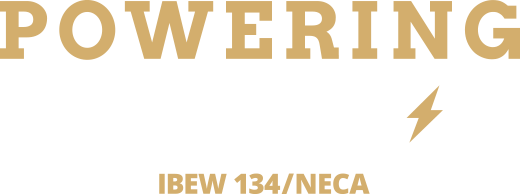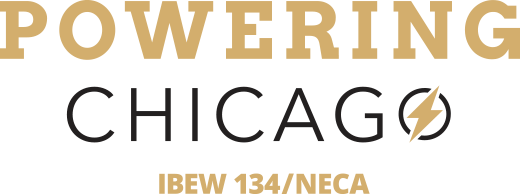Solar power finances: costs, rebates and incentives
- Posted: June 22, 2023
- Net Metering, solar costs, Solar eBook, solar electric systems, solar energy systems, solar incentives, solar investment tax credit, solar power finances, solar power purchase agreement (PPA), solar rebates, solar renewable energy credit (SREC)
Solar power has become an increasingly popular choice for homeowners and businesses looking to reduce their carbon footprint and save money on energy costs. Despite its popularity, the sometimes significant upfront cost of installing a solar system can deter business owners.
The average cost of installing solar
Costs vary greatly depending on the region, size and scope of the solar project. A 2021 report from the National Renewable Energy Laboratory (NREL) states that for solar panel systems installed in commercial buildings ranging in size from 100 Kilowatt (kW)–2 Megawatt (MW), in 2021 the cost benchmark for a PV system was $1.56/watt of direct current (Wdc). This price dropped 10.71% from 2020 prices.
In addition to determining how much it will cost, there are also considerations around how to finance the project. There are three options when it comes to financing your solar project. You can purchase the system, which allows you as an owner to take advantage of credits and incentives. A solar power purchase agreement (PPA) and leasing are two additional options. PPAs and leasing are similar in that you do not own the equipment, so you would not receive incentives or tax credits. However, the two are different in that PPAs have a fixed rate per kilowatt-hour (kWh) paid to the developer. In leasing, rates can adjust over time.
Federal and state solar energy incentives
There are several incentive programs to encourage solar transition. Powering Chicago’s new e-book, Determining if a Solar Electric (Photovoltaic, PV) System is Right for Your Facility, includes a comprehensive chart with links to current incentives. To get started, here are some of the most popular incentives.
- Solar Investment Tax Credit
The Inflation Reduction Act extends the 30% solar investment tax credit (ITC) and the production tax credit (PTC) for projects beginning before Jan. 1, 2025. The ITC begins at a base rate of a 6% tax credit and increases to 30% if a project meets these two requirements:
- Pay prevailing wages during the construction phase and for the first five years of operation
- Meet the registered apprenticeship requirements
Also, through the Inflation Reduction Act, there is a 30% tax credit available for energy storage systems.
2. Solar Renewable Energy Credit (SREC)
Offered through the Adjustable Block Program, this program offers SRECs that are vouchers. A SREC is created when the system owner applies for a SREC program and the solar energy system produces energy. SRECs can be sold to utility companies for fulfilling the state’s Renewable Portfolio standard. Visit Illinois Shines to learn more.
3. Net Metering
Because Illinois is a net metering state, if an Illinois-based business or property owner has solar modules and produces excess power during a billing cycle, they can send power to the grid for credits on their bill. For more information, visit ComEd’s Net Metering FAQ page.
For a more comprehensive list of incentives and rebates, download Powering Chicago’s new e-book, Determining if a Solar Electric (Photovoltaic, PV) System is Right for Your Facility. Aside from a detailed look at solar power finances, the e-book includes the following sections:
- Solar Power 101: How it Works
- Exploring the Pros and Cons of Solar Power
- Bringing Solar Power to Your Business
- Costs, Rebates and Incentives
- Finding a Qualified Solar Contractor
- Additional Resources

